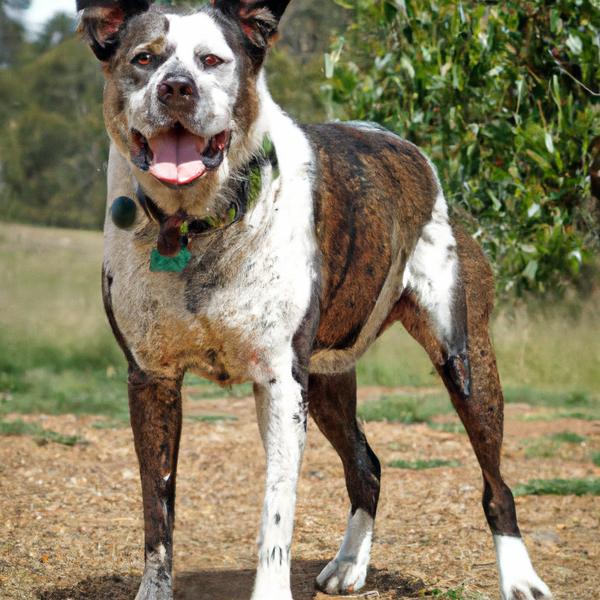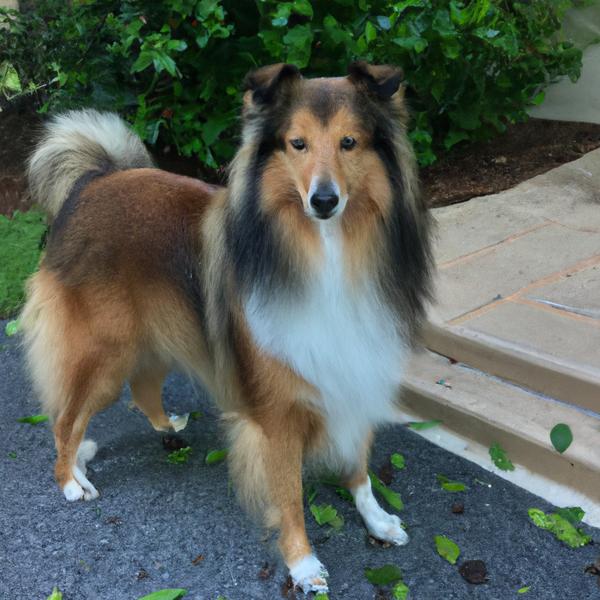Australian Boxherd vs. Sheltie Inu: Breed Differences and Similarities
Hypoallergenic
Are Australian Boxherds or Sheltie Inus hypoallergenic, or neither?
Unfortunately, neither Australian Boxherd nor Sheltie Inu are hypoallergenic, which may not make them the best choice for dog lovers who suffer from pet allergies.
Temperament
What are the personalities of Australian Boxherd and Sheltie Inu dogs?
Active
Playful
Loving
Energetic
Protective
Intelligent
Confident
Friendly
Affectionate
Loyal
Fearless
Good-natured
Brave
Bright
Playful
Alert
Intelligent
Confident
Friendly
Responsive
Affectionate
Lively
Gentle
Going
Fearless
Keen
Faithful
Charming
Shedding Level
Do Australian Boxherds shed more than Sheltie Inus, or which breed sheds more, Australian Boxherds or Sheltie Inus?
Australian Boxherds are moderate shedders, but regular brushing can reduce shedding and maintain coat health.
Sheltie Inus are heavy shedders, but regular brushing can help manage shedding and promote a healthy coat.
Watchdog Ability
Which dog breed makes a better watchdog, the Australian Boxherd or Sheltie Inu?
Avoid Australian Boxherds as watchdogs - they're not effective.
Sheltie Inus aren't great guard dogs; they tend to just watch without taking action.
Ancestry
What are the origins of Australian Boxherd and Sheltie Inu breeds?
Boxer, Australian Shepherd
Shiba Inu and Shetland Sheepdog
Breed recognition
Which kennel clubs recognize/register Australian Boxherd and Sheltie Inu?
DRA = Dog Registry of America, Inc.
ACHC = American Canine Hybrid Club
DRA = Dog Registry of America, Inc.
Date of Birth
When were Australian Boxherd and Sheltie Inu breeds first developed?
Unknown
Litter Size
What is the usual litter size for Australian Boxherd and Sheltie Inu?
An Australian Boxherd can have a litter of 6-9 puppies on average. However, it's worth noting that the size of the litters can vary greatly. Factors that can influence litter size include the health of the mother, breeding history, and genetics.
A Sheltie Inu can have a litter of 4-6 puppies on average. However, it's worth noting that the size of the litters can vary greatly. Factors that can influence litter size include the health of the mother, breeding history, and genetics.
Adaptability
Australian Boxherd and Sheltie Inus are known for their adaptability and versatility. They are capable of adapting well to a wide range of lifestyle changes and living environments, making them great companions for families and individuals of all lifestyles.
Health Issues
Between Australian Boxherd and Sheltie Inu, which breed is more prone to health problems?
Australian Boxherd and Sheltie Inu breeds are generally considered to be healthy. However, like all breeds, they are susceptible to certain health issues and it is important to keep an eye out for them and address them with your veterinarian as needed.
Major Concerns
What are the major health concerns for Australian Boxherd and Sheltie Inu breeds?
Cardiomyopathy
Hip Dysplasia
Subvalvular Aortic Stenosis
Collie Eye Anomaly
Patellar Luxation
Canine Hip Dysplasia
Patent Ductus Arteriosus (PDA)
Ulcerative Dermatosis
Minor Concerns
What minor health issues should be kept in mind when owning Australian Boxherd and Sheltie Inu?
Cataracts
Epilepsy
Bloat
Nasal Solar Dermatitis
Pelger - Huet Syndrome
Iris Coloboma
Hypothyroidism
Cataracts
Hypothyroidism
Legg-Calve-Perthes Disease
Corneal Dystrophy
Progressive Retinal Atrophy (PRA)
Collie Eye Anomaly (CEA)
vonWillebrand’s Disease
Occasional Tests
What occasional tests are recommended for Australian Boxherd and Sheltie Inu breeds?
Eye
Blood
Blood Test
Heart
Skeletal
Skin Scraping
X-Rays
Thyroid Tests
Eye Examination
Skin Evaluation
Blood Analysis
Electrocardiograph (ECG - measures rate and rhythm)
Hip and Elbow X-rays
Energy
How do the energy levels of Australian Boxherds and Sheltie Inus compare?
Australian Boxherds' high energy levels make them unsuitable for a low-key dog, choose accordingly.
Sheltie Inus are suitable for those with a balanced lifestyle as they have an average energy level.
Social Needs
Australian Boxherd vs Sheltie Inu social needs comparison
Australian Boxherd has very high social needs and requires regular mental and physical stimulation, a job or purpose, and companionship.
Sheltie Inu has above average social needs and thrives with interaction with humans and other dogs.
Exercise Needed
Australian Boxherd vs Sheltie Inu exercise need comparison.
The Australian Boxherd and Sheltie Inu breeds are breeds that require minimal physical activity to maintain a healthy lifestyle. They are ideal for people with busy lifestyles, elderly people or those who have limited mobility. They also make great pets for those who live in small apartments or have limited outdoor space.
Sleeping Need
Which of the two sleeps the most/least: Australian Boxherd or Sheltie Inu?
Australian Boxherds are active and require sufficient sleep to stay healthy.
Sheltie Inus sleep less than other breeds but still need adequate sleep for good health.
Tendency to Bark
Do Australian Boxherds or Sheltie Inus bark more/less frequently?
Australian Boxherds are typically quiet and only bark when needed, such as to alert their owner or when in distress.
Sheltie Inu dogs are generally less vocal than other breeds and only bark when necessary, such as to alert their owner or communicate.
Mouthiness
Mouthiness Comparison: Australian Boxherd vs Sheltie Inu?
Roaming urge
Australian Boxherd vs Labrador: Running away tendency?
Prey Drive
Australian Boxherd or Sheltie Inu - which breed has a higher level of prey drive?
Past times
What are some enjoyable activities and ways to keep Australian Boxherd and Sheltie Inu entertained?
Tug-of-war, Walk, Run, Hide & Seek, Frisbee, Trick, Cuddles, Nap, Swim, Running, Play, Play keep away, Fetch, Training, Walks, Toys
Catch treats, Tug-of-war, Catch, Hiking, Squeaky Toys
Tolerance of being left alone
Grooming
Which breed is easier to maintain in terms of grooming, Australian Boxherds or Sheltie Inus?
The Australian Boxherd has low grooming needs and is easy to maintain.
Sheltie Inus require significant grooming, including regular trims and professional grooming assistance to maintain their coat. They may also require frequent bathing to keep their coat and skin healthy.
Intelligence
Comparing Intelligence: Australian Boxherds vs Sheltie Inus
Australian Boxherd and Sheltie Inu have average obedience intelligence, but they're also independent thinkers. This breed is known for having an exceptionally high IQ, which means they may get into trouble if left to their own devices.
Sensitivity Level
How do Australian Boxherd and Sheltie Inu compare in sensitivity?
This breed is sensitive to its environment and best suited for patient and understanding families with a consistent routine.
This breed is sensitive and requires gentle handling and a calm home environment.
Affection Dependance
Which is the more affectionate dog breed: Australian Boxherd vs Sheltie Inu?
Apartment Friendly
Which breed is more apartment-friendly: Australian Boxherd or Sheltie Inu?
Australian Boxherd and Sheltie Inu are apartment-friendly dog breeds. They can do perfectly well in apartments providing they are sufficiently exercised and taken out and about as part of their owner's daily lifestyle.
Child Friendly
Do Australian Boxherds or Sheltie Inus have a friendlier temperament towards children?
Australian Boxherds make excellent family pets for kids due to their gentle, protective nature and calm temperament.
Sheltie Inus are good with kids if socialized and trained from a young age.
Senior-friendly
Which dog is more suitable as a pet for the elderly - Australian Boxherd or Sheltie Inu?
Cat Friendly
Do Australian Boxherd or Sheltie Inu breeds have a better compatibility with cats?
Australian Boxherds are average in their friendliness toward cats and tend to do well with them, especially if raised together.
Sheltie Inus are good with cats, but early training is needed to prevent chasing behavior.
Dog Friendly
Which breed is more sociable with other dogs: Australian Boxherd or Sheltie Inu?
Australian Boxherds are average in their friendliness towards other dogs, and socialization can help.
Sheltie Inus are friendly and active companions, and can be good family pets, though their friendliness towards other dogs may vary.
Pet friendly
How do Australian Boxherd or Sheltie Inu dogs interact with other pets?
Stranger Friendly
Which breed is more friendly with strangers: Australian Boxherd or Sheltie Inu?
Australian Boxherds are averagely friendly around strangers but benefit from early socialisation.
Sheltie Inus are quick to announce strangers and can be standoffish or suspicious.
Playfulness
Which breed is more playful between Australian Boxherd and Sheltie Inu?
Australian Boxherds are very playful, so adopting an older one might be a better option for a more relaxed experience.
Sheltie Inus have an average level of playfulness, enjoying playtime like most dogs but not excessively so.
Trainability
How do the trainability levels of Australian Boxherds and Sheltie Inus compare?
Australian Boxherds are popular for their ease of training and quick learning ability.
Sheltie Inus are usually easy to train but require consistency to fully obey commands.
Compare Australian Boxherd with other breeds
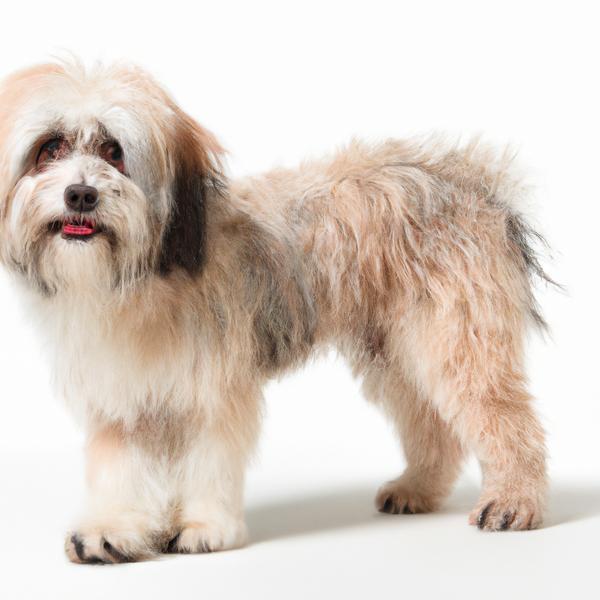
La-Chon
Australian Boxherd vs La-Chon
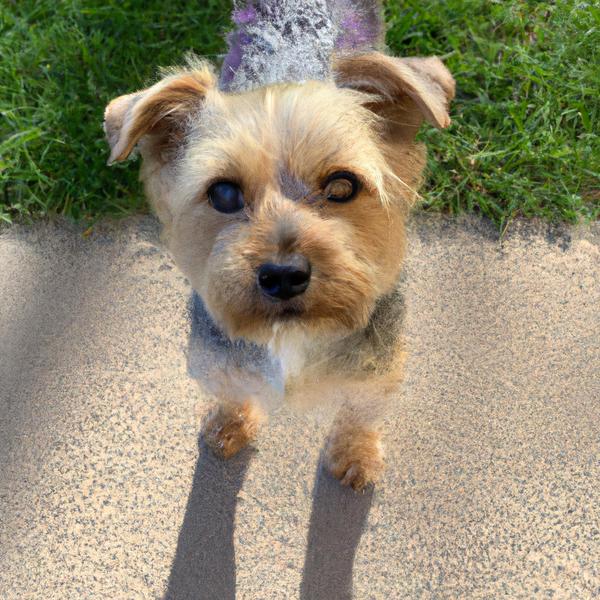
Yorkie Russell
Australian Boxherd vs Yorkie Russell
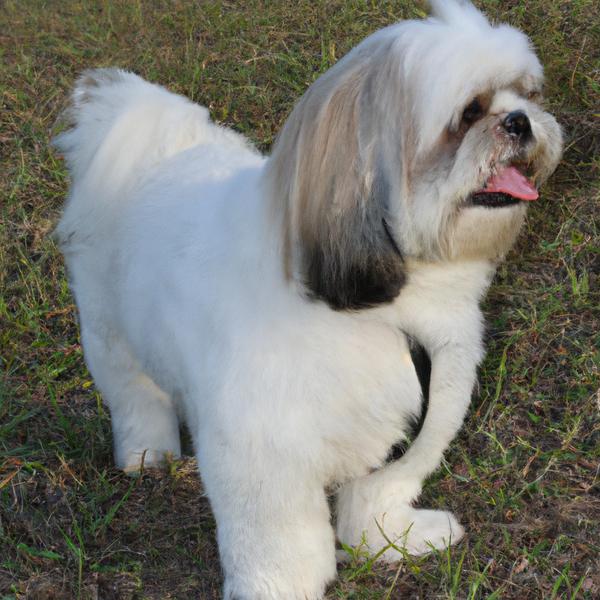
Shih Apso
Australian Boxherd vs Shih Apso
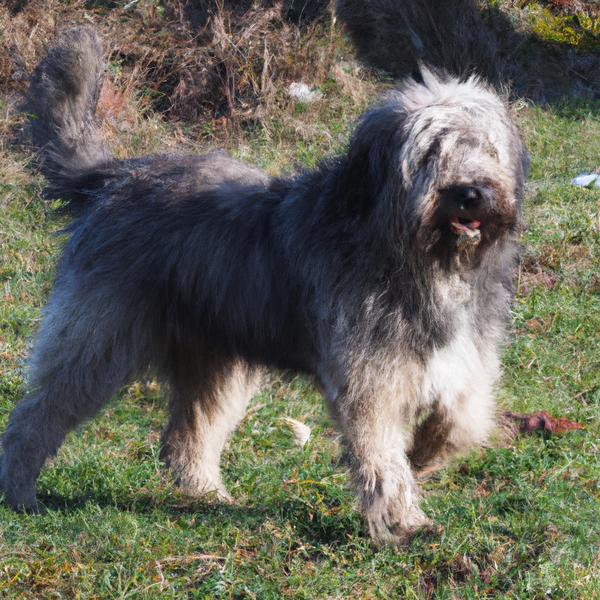
Pyrenean Shepherd
Australian Boxherd vs Pyrenean Shepherd
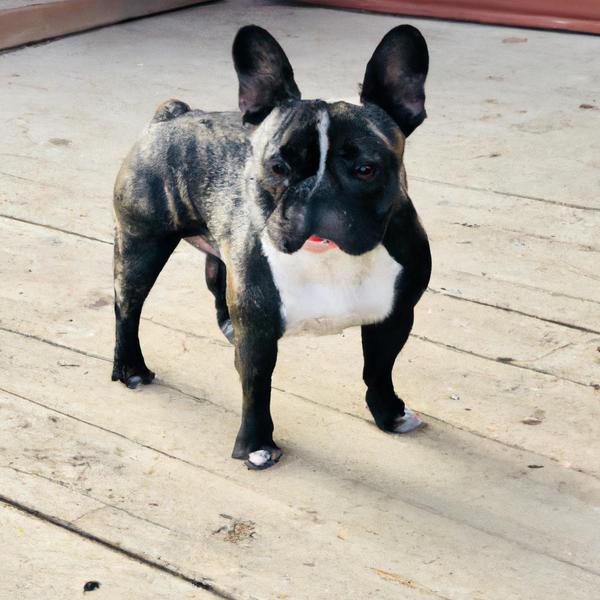
French Bulloxer
Australian Boxherd vs French Bulloxer
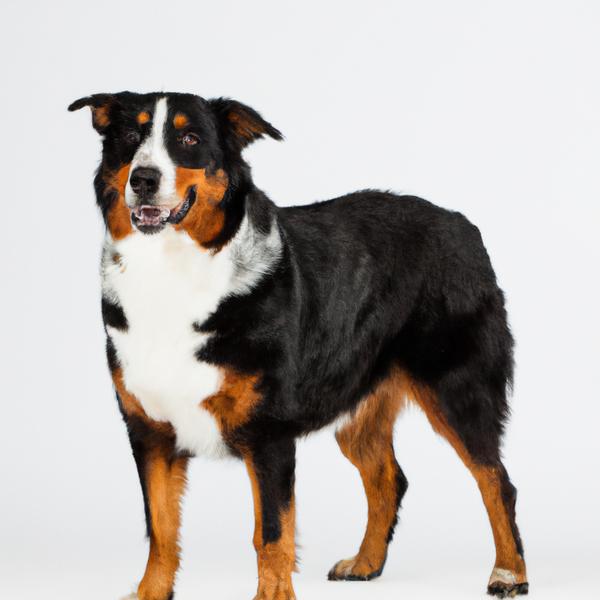
Bernese Cattle Dog
Australian Boxherd vs Bernese Cattle Dog
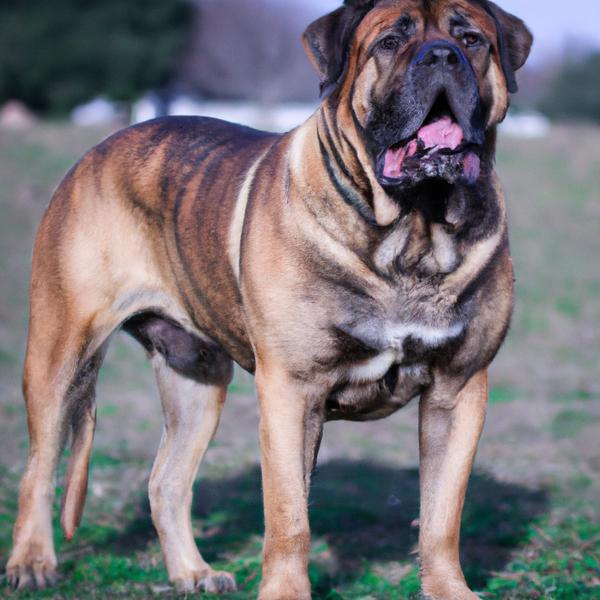
Bullsky Mastiff
Australian Boxherd vs Bullsky Mastiff
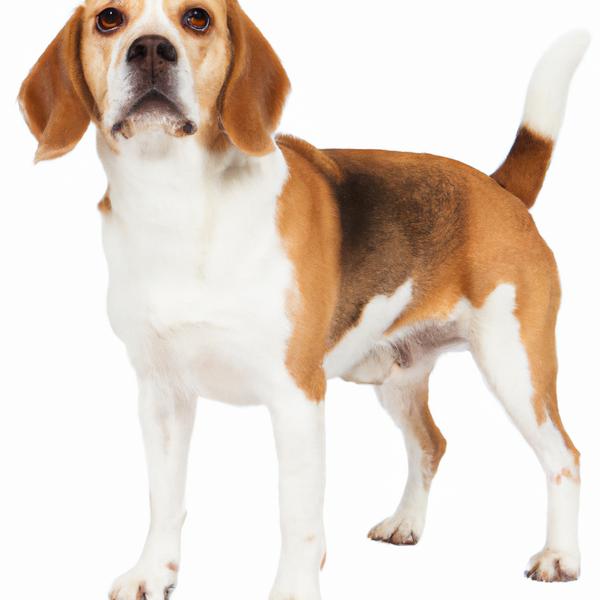
Beagleman
Australian Boxherd vs Beagleman
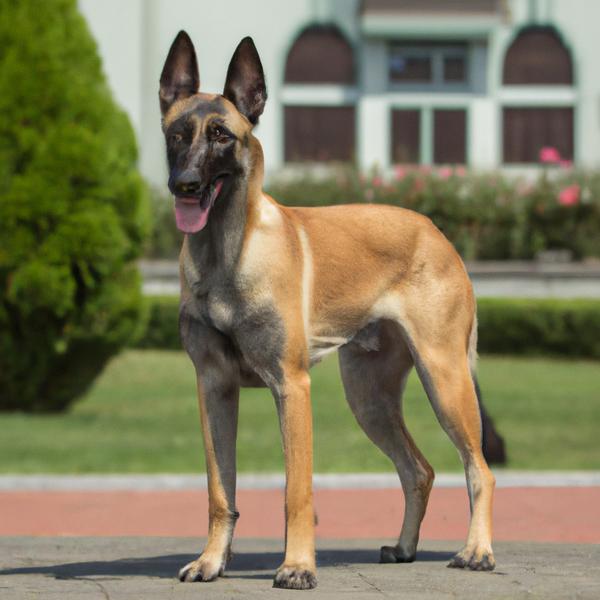
Belgian Malinois
Australian Boxherd vs Belgian Malinois
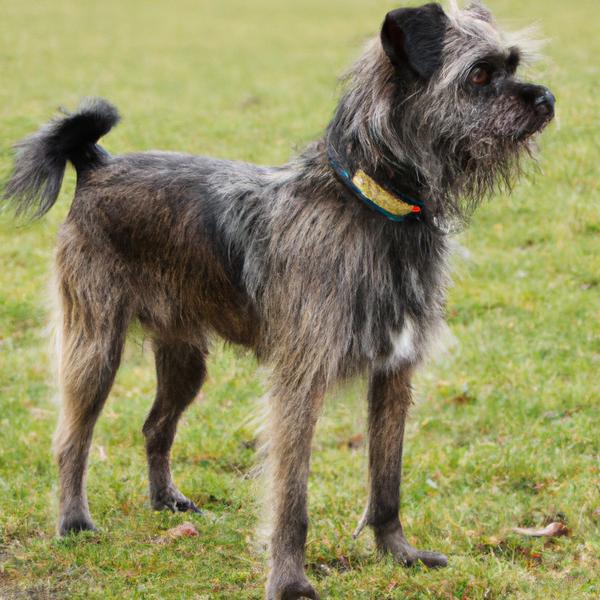
Bea Griffon
Australian Boxherd vs Bea Griffon
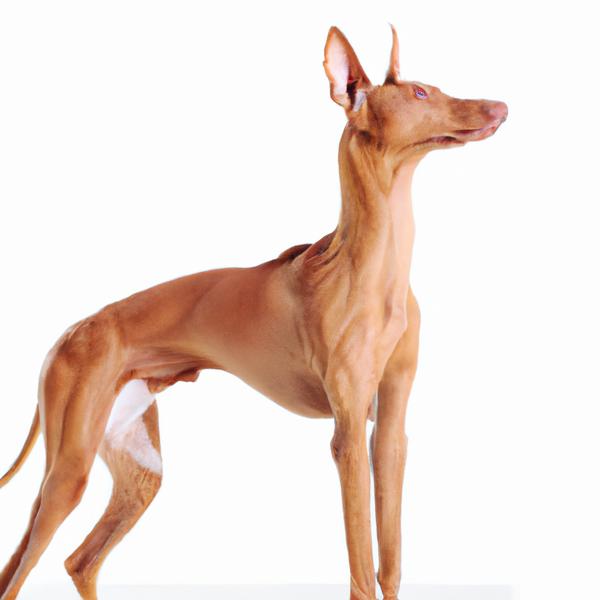
Pharaoh Hound
Australian Boxherd vs Pharaoh Hound
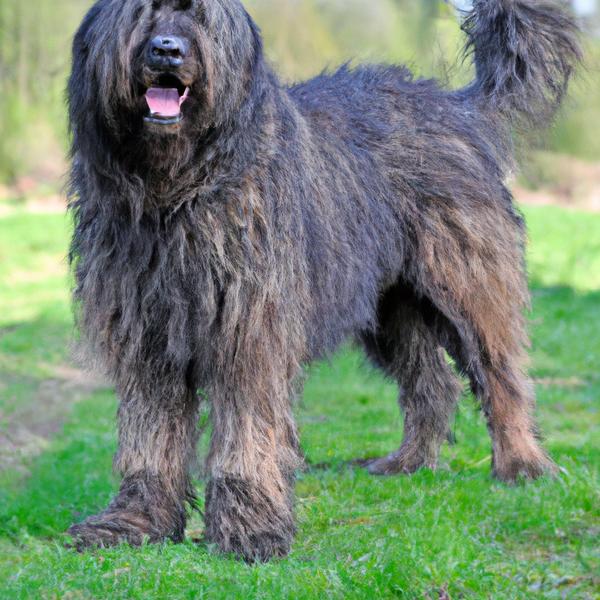
Bergamasco Shepherd
Australian Boxherd vs Bergamasco Shepherd
